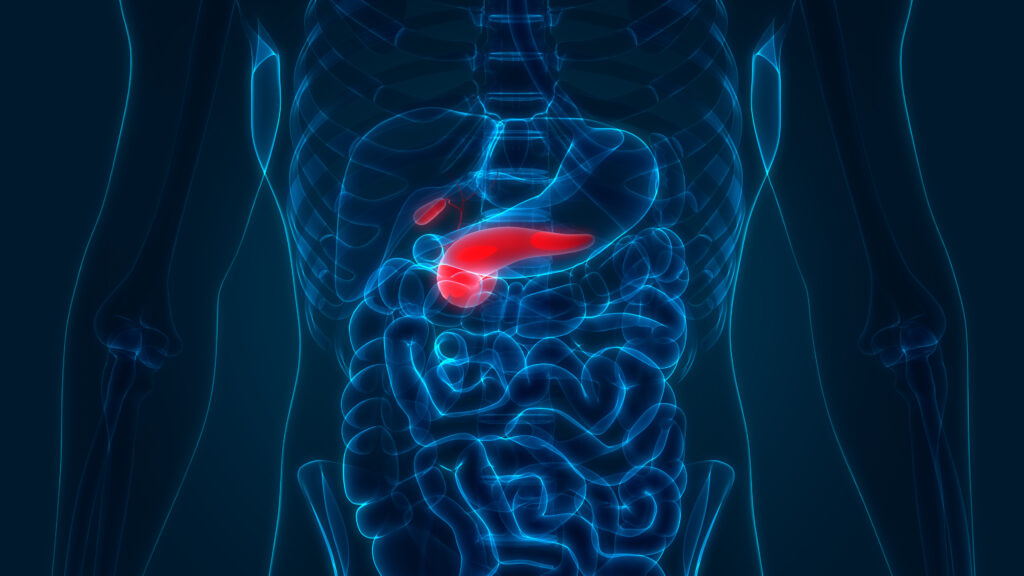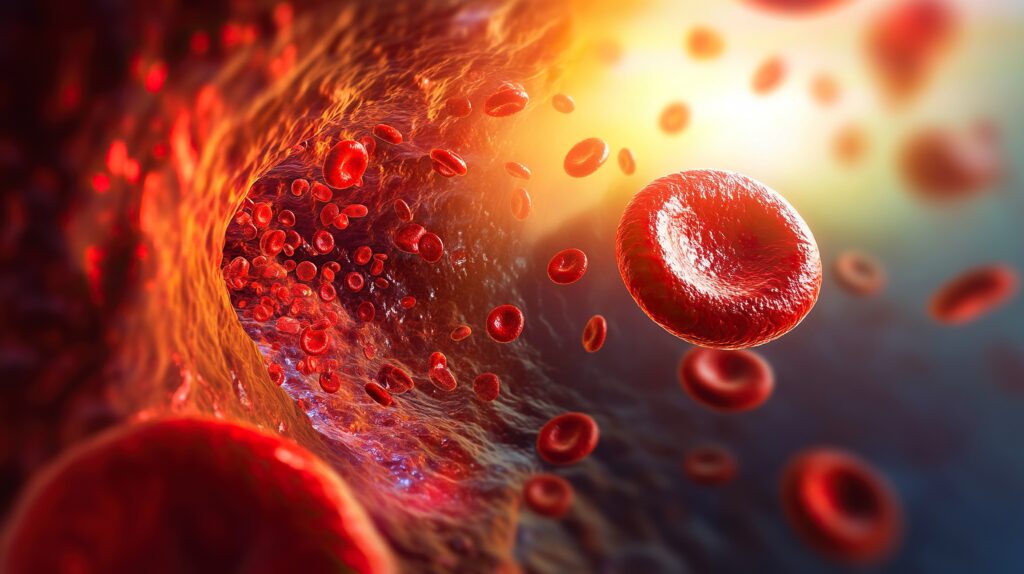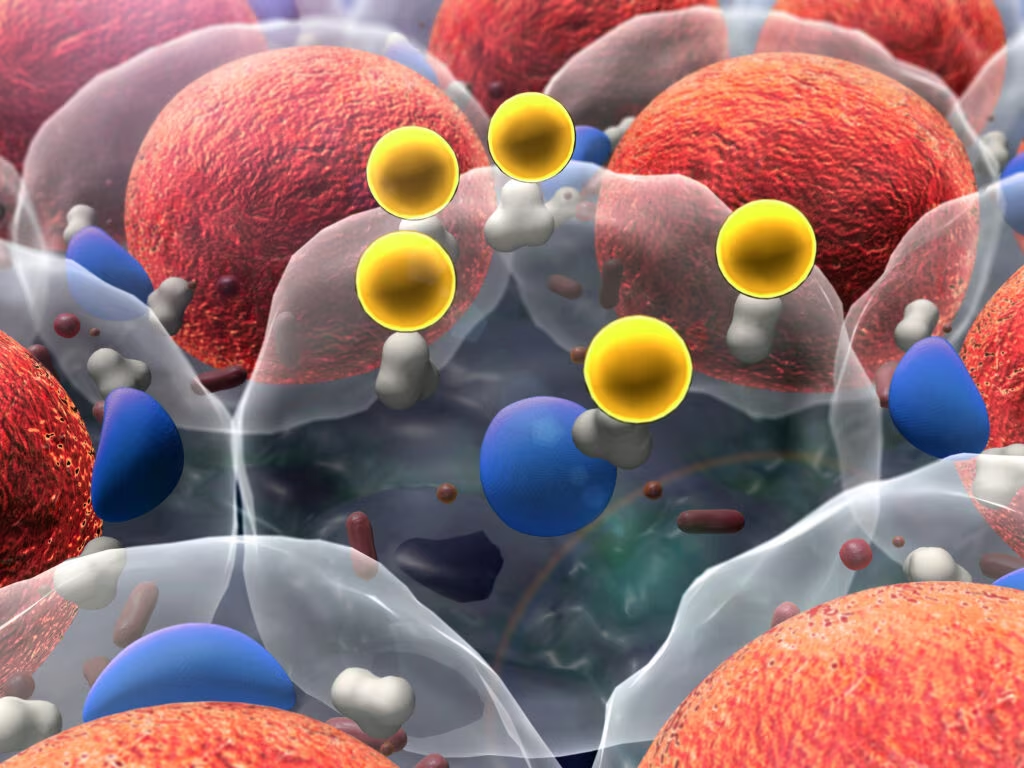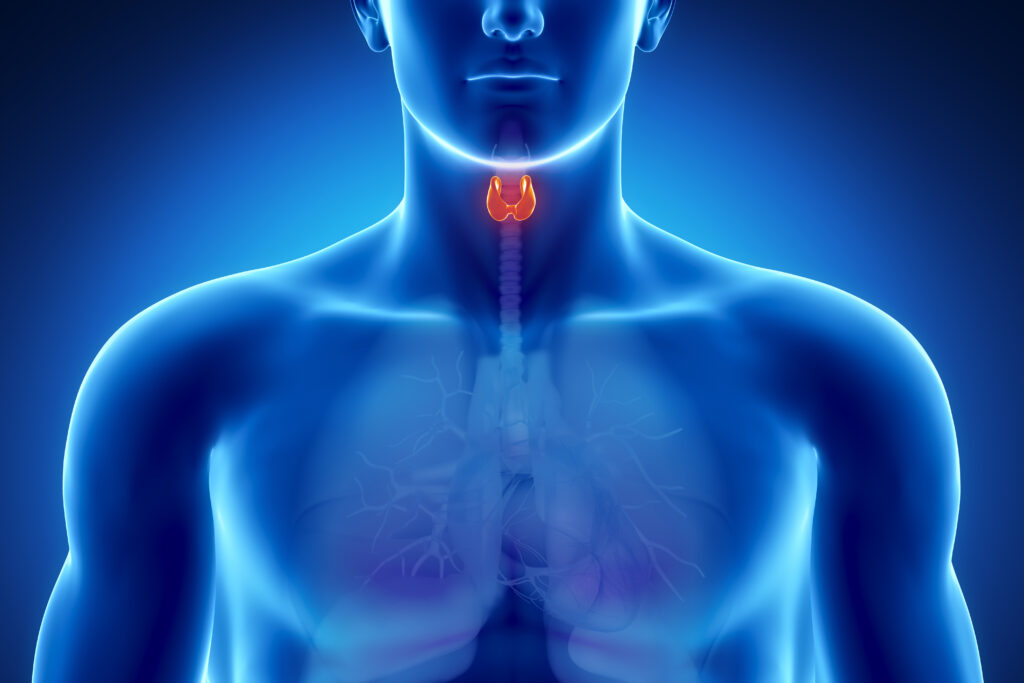Search Results
Showing Results for myocardial infarction

We are pleased to present the latest issue of touchREVIEWS in Endocrinology, which offers a timely and thoughtprovoking collection of articles that reflect both the continuity and evolution of diabetes and metabolic disease research. In an era where technology, public ...

Article Highlights Early use of sodium–glucose co-transporter-2 inhibitors following myocardial infarction was associated with the following factors: Lower hospitalization for heart failure (odds ratio [OR]: 0.75; 95% confidence interval [CI]: 0.62–0.90; p=0.002). Similar cardiovascular deaths (OR: 1.04; 95% CI: 0.83–1.30; p=0.76). Similar all-cause mortality (OR: 1.00; 95% ...

Very few trials in the history of medical science have altered the treatment landscape as profoundly as the UK Prospective Diabetes Study (UKPDS). Even 44 years after its inception, the trial and post-study follow-up findings continue to fascinate and enlighten the ...

MACE reduction was a key finding in the topline results from the Semaglutide Cardiovascular Outcomes Trial (SOUL), which reported that oral semaglutide, a long-acting Glucagon-Like Peptide-1 (GLP-1) receptor agonist, significantly decreases the risk of major adverse cardiovascular events in adults with type 2 diabetes (T2D) who have established atherosclerotic cardiovascular disease (ASCVD) and/or chronic kidney disease (CKD).

touchENDOCRINOLOGY was delighted to speak with Editorial Board member Dr Deep Dutta, a senior endocrinologist at the CEDAR Superspecialty Clinics, New Delhi, India. Throughout this interview, he summarizes the key messages from his late-breaking abstract session ‘Ailing Heart, Broken Vessels’, presented at the 60th European Association for the Study of Diabetes (EASD) annual meeting in Madrid, Spain.

Dipeptidyl peptidase-4 (DPP-4) is a ubiquitous, multifunctional, 766-amino acid, type 2 transmembrane glycoprotein, which participates in the regulation of metabolic functions, immune and inflammatory responses, cancer growth and cell adhesion.1 It has two forms: the first is a membrane-bound form, which ...

Type 2 diabetes (T2D) is one of the most common chronic noncommunicable diseases, its incidence is exponentially increasing and is one of the leading causes of morbidity and mortality worldwide.1 As of 2021, T2D ranked among the top causes of ...

Hypertension affects up to 40% of the adult population worldwide,1 and according to the World Health Organization’s 2021 estimates, globally 1.28 billion adults between 18 and 79 years are affected.2 Of these, 85% have essential hypertension3 and the remainder have secondary hypertension, which is potentially ...

The CLEAR Outcomes trial was a double-blind, randomized, placebo-controlled trial involving patients who were “statin-intolerant” and had, or were at high risk for, cardiovascular disease. The patients were assigned to receive oral bempedoic acid, 180 mg daily, or placebo. Dr. Steven ...

Diabetic foot ulcers are one of the major complications in patients with diabetes mellitus (DM). In one study, the global prevalence of diabetic foot ulcers was 6.3%, and the prevalence of diabetic foot ulcers differed between North America (13.0%) and Europe (5.1%).1 Besides ...

Thyrotoxicosis refers to the signs and symptoms derived from excess circulating thyroid hormones in the body,1 which must be differentiated from hyperthyroidism, in which there is an increase in the synthesis and secretion of hormones by the thyroid gland.2 Approximately 1% ...

Over 37 million people in the USA live with diabetes mellitus, equating to over 11% of the population.1 The large majority of these individuals (around 90–95%) have type 2 diabetes (T2D).1 Approximately 40% of patients T2D develop chronic kidney disease (CKD), with CKD ...

Recently, concern has been raised that statin therapy may be associated with new-onset diabetes mellitus (NODM), especially given the wide usage of statins in the treatment of dyslipidaemia and cardiovascular diseases (CVD). Statins have been found to affect not only ...

In the early 1970s, the discovery of statin by Dr Akira Endo changed the fate of cardiovascular disease prevention and the treatment of atherosclerosis. It was during this period that the rate-limiting step in cholesterol biosynthesis was revealed, and the ...

Chylomicronaemia refers to the pathological presence of large, circulating, intestinally derived chylomicrons.1 Clinical features of chylomicronaemia syndrome include lipaemic plasma, lipaemia retinalis, eruptive xanthomas, hepatosplenomegaly, neurological symptoms such as mental fog and mood changes and, most importantly, increased risk of ...

Nutrient-stimulated gastric inhibitory polypeptide (GIP) (known as either gastric inhibitory polypeptide or glucose-dependent insulinotropic polypeptide) or glucagon-like peptide (GLP-1), are secreted by K and L cells, respectively, in the upper segment of the small intestine and throughout the intestine. For ...

On 31 December 2019, the World Health Organization (WHO) was notified of several cases of pneumonia of unknown aetiology in Wuhan, China. After a relatively short period, officials confirmed the first case of coronavirus disease 2019 (COVID-19) reported outside of China, in Thailand, ...

Obesity is a growing problem worldwide with extensive health and economic consequences, rendering interventions that encourage weight loss of great interest. Obesity is usually defined as a body mass index (BMI) of 30 kg/m2 or above, or 27.5 kg/m2 or ...
Latest articles videos and clinical updates - straight to your inbox
Log into your Touch Account
Earn and track your CME credits on the go, save articles for later, and follow the latest congress coverage.
Register now for FREE Access
Register for free to hear about the latest expert-led education, peer-reviewed articles, conference highlights, and innovative CME activities.
Sign up with an Email
Or use a Social Account.
This Functionality is for
Members Only
Explore the latest in medical education and stay current in your field. Create a free account to track your learning.

